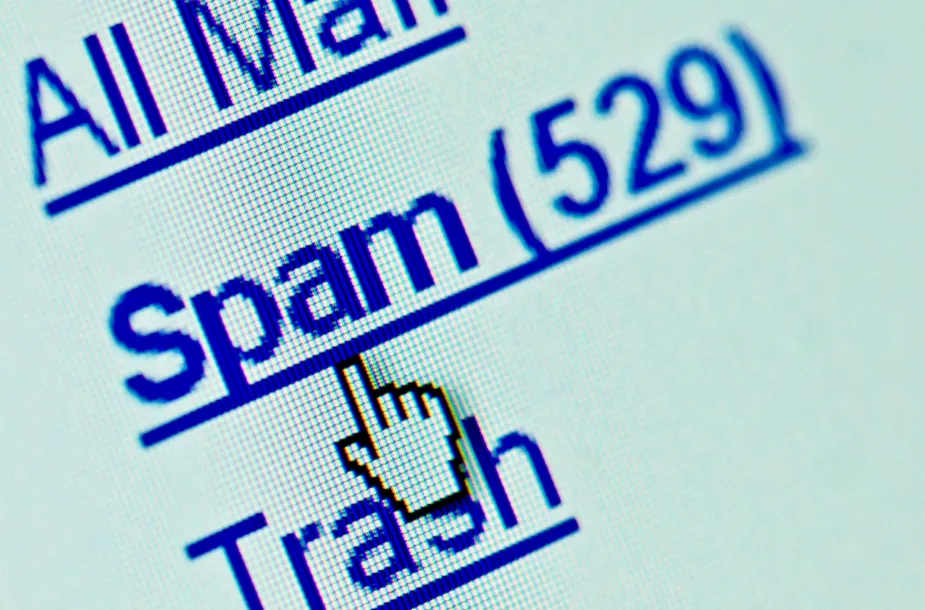Regain Your Time by Mastering Your Email Inbox
Master your inbox:
Emails have become an integral part of our work lives but can also be a significant source of stress and distraction. According to research, the average full-time worker in America receives about 120 emails daily and spends around 28% of their working day reading and answering emails. This constant influx of emails can overwhelm us and make it difficult to focus on our work. This blog post will discuss tips and techniques to help you regain control of your inbox and improve your productivity.

Strategies and Systems:
One popular email management strategy is Inbox Zero, which Merlin Mann developed. The goal of Inbox Zero is always to keep your inbox 100% empty. However, this approach can be time-consuming and unsolvable for everyone.
On the other end of the spectrum, some people have thousands of emails in their inboxes and are perfectly happy. They use flagging and search tools to find what they need. However, this can also lead to a cluttered inbox and make it difficult to find important emails.
Instead of adopting either extreme, using a system combining ideas from both strategies is recommended. This approach allows you to stay organized without becoming overwhelmed. In addition, Microsoft Outlook offers several features that can help you save time and reduce your time on email.
Take These Action Steps Today:
Action Step 1:
The first tip is to develop an email routine. Our brains need to improve at multitasking, and constantly checking your inbox can disrupt your focus and reduce productivity. Instead, dedicate specific time intervals, such as 10 minutes every hour, to check and respond to emails. During this time, focus only on the most important emails and avoid getting distracted by less urgent ones. It is also recommended to turn off email notifications to minimize interruptions. You can do this by opening the action center in the bottom right corner of your screen, selecting "Manage notifications," and turning off notifications for Outlook.
Action Step 2:
Creating a folder system that works for you is another crucial step in managing your inbox. Instead of creating an elaborate folder structure, try a more action-based approach. Keep your folder system simple and create folders for specific actions, such as "Action Required" or "Archive." When you come across an email that requires immediate action, respond to it and then either archive or delete it. If an email requires more time or attention, move it to the appropriate action folder using Quick Steps. Quick Steps allows you to create shortcuts for everyday actions, such as moving emails to specific folders. You can also delegate tasks, flag emails for follow-up, or create to-do items directly from the email.
Action Step 3:
To further declutter your inbox, consider unsubscribing from unnecessary emails and turning off email notifications from outside apps and social media. You can also use rules in Outlook to move certain types of emails to separate folders automatically. For example, you can create a rule to move newsletters to a designated folder as soon as they arrive. This helps keep your inbox clean and organized.
Action Step 4:
Finally, consider changing the default start-up folder in Outlook to your action folder. This way, when you open Outlook, the first thing you see are the tasks that require your attention. This can help you stay focused and avoid getting distracted by other emails.
Conclusion:
By implementing these tips and utilizing the features in Microsoft Outlook, you can regain control of your inbox and improve your productivity. Remember to develop an email routine, create a folder system that works for you, and declutter your inbox by using rules and turning off unnecessary notifications. With these strategies in place, you can spend less time on email and more time on your actual work.
Here are some great articles to take control of your email inbox:
How to Use Gmail: The Best Tips and Tricks to Conquer Your Inbox
